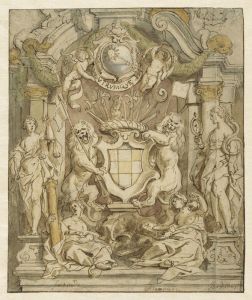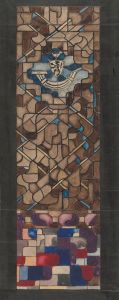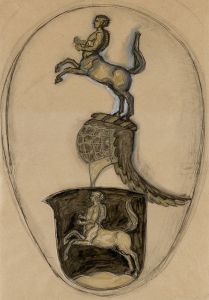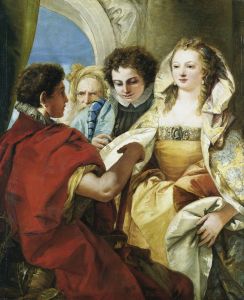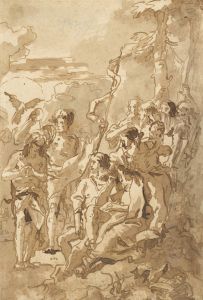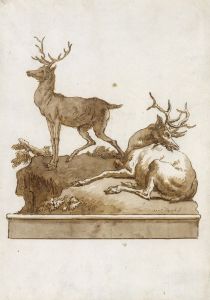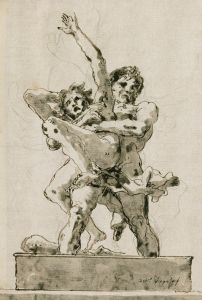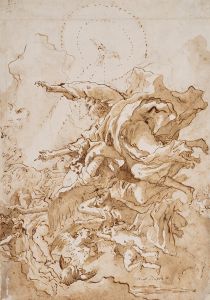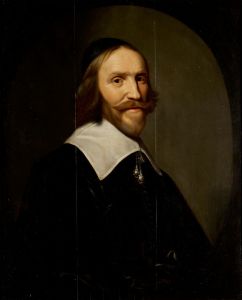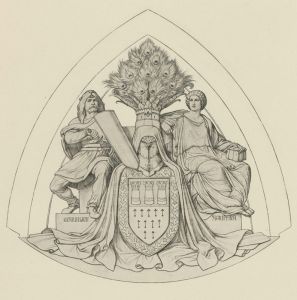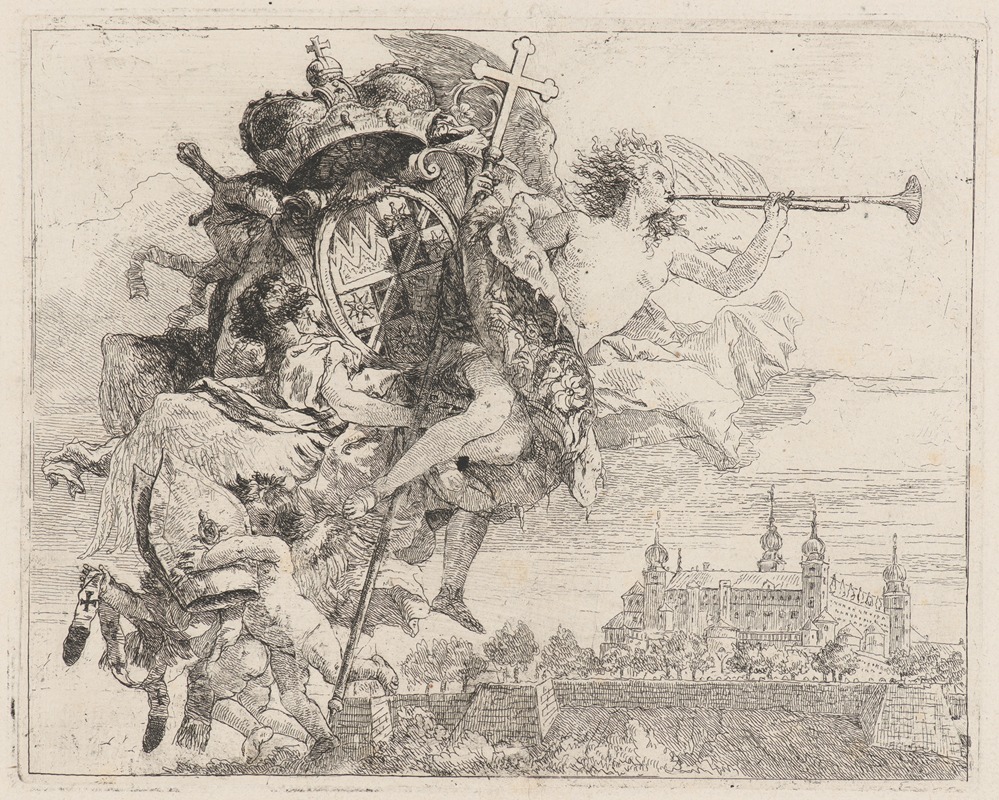
Arms of Carl Philipp von Greiffenflau, Prince-Bishop of Wurzburg
A hand-painted replica of Giovanni Domenico Tiepolo’s masterpiece Arms of Carl Philipp von Greiffenflau, Prince-Bishop of Wurzburg, meticulously crafted by professional artists to capture the true essence of the original. Each piece is created with museum-quality canvas and rare mineral pigments, carefully painted by experienced artists with delicate brushstrokes and rich, layered colors to perfectly recreate the texture of the original artwork. Unlike machine-printed reproductions, this hand-painted version brings the painting to life, infused with the artist’s emotions and skill in every stroke. Whether for personal collection or home decoration, it instantly elevates the artistic atmosphere of any space.
The painting "Arms of Carl Philipp von Greiffenklau, Prince-Bishop of Würzburg" is a work by the Italian artist Giovanni Domenico Tiepolo. Giovanni Domenico Tiepolo, born in 1727 and died in 1804, was the son of the renowned Venetian painter Giovanni Battista Tiepolo. Domenico was an accomplished artist in his own right, known for his frescoes, paintings, and etchings, often working alongside his father and brother, Lorenzo.
This particular painting is a representation of the coat of arms of Carl Philipp von Greiffenklau, who served as the Prince-Bishop of Würzburg from 1749 until his death in 1754. The Prince-Bishopric of Würzburg was an ecclesiastical principality of the Holy Roman Empire, located in what is now modern-day Germany. As a Prince-Bishop, Carl Philipp von Greiffenklau held both secular and religious authority, a common arrangement in the Holy Roman Empire where bishops often ruled over territories as princes.
The artwork is a heraldic painting, which means it focuses on the depiction of the coat of arms associated with Carl Philipp von Greiffenklau. Heraldry was an important aspect of identity and status during this period, with coats of arms serving as a visual representation of lineage, authority, and power. The painting would have been commissioned to commemorate or celebrate the Prince-Bishop's status and achievements.
Giovanni Domenico Tiepolo's style is characterized by his use of vibrant colors and dynamic compositions, traits he inherited from his father's influence. While specific details about the composition of this painting are not widely documented, it is likely that Tiepolo employed his typical style to create a visually striking representation of the coat of arms. The painting would have been designed to convey the prestige and authority of Carl Philipp von Greiffenklau, possibly incorporating symbolic elements relevant to his rule or personal achievements.
The context of the painting is rooted in the Baroque tradition, which was prevalent in Europe during the 17th and 18th centuries. Baroque art is known for its dramatic use of color, light, and shadow, as well as its emphasis on grandeur and emotion. Tiepolo, working in this tradition, would have utilized these elements to enhance the heraldic imagery, making it not only a symbol of power but also a work of art that captures the viewer's attention.
While specific details about the painting's current location or provenance are not readily available, works by Giovanni Domenico Tiepolo are held in various collections around the world, including museums and private collections. His contributions to the art world, particularly in the realm of frescoes and religious paintings, have cemented his reputation as a significant figure in the transition from the Baroque to the Rococo style.
In summary, "Arms of Carl Philipp von Greiffenklau, Prince-Bishop of Würzburg" by Giovanni Domenico Tiepolo is a heraldic painting that reflects the artist's Baroque influences and the historical significance of its subject. The work serves as a testament to the power and prestige of the Prince-Bishop during his tenure in the Holy Roman Empire.





